Imagine walking into a teacher’s classroom and telling her that you are going to completely turn her classroom upside down. The tried and true laminated lesson plans that she has been using for years are no longer going to be applicable. Her students will all have devices that connect to the Internet, so she is going to have to figure out how to help them manage their time on task. Introducing a one-to-one ratio of devices to students in a teacher’s classroom also shifts the control of the learning. The teacher is still in control, but now she has the ability to let her students pursue things that are relevant to them. This means that, potentially, her students may all be learning the same standards but using different resources. You are asking a teacher to fundamentally change the way she has approached teaching. When the teacher realizes how different this model of teaching and learning is, it is likely that she will look at you and say, “You want me to do what?”
Managing a new initiative is stressful. It requires someone who understands how to help navigate  people through a dramatic shift in their professional practice. The types of change require different kinds of leadership skills. Changing a teacher’s planning period takes different skills than telling them every student is going to have a device and most of their lessons and materials will be delivered over that device. First order change usually deals with cosmetic changes, while second order change deals with the paradigms and philosophies. Research indicates that the leadership team should approach the management of these two types of change differently.
people through a dramatic shift in their professional practice. The types of change require different kinds of leadership skills. Changing a teacher’s planning period takes different skills than telling them every student is going to have a device and most of their lessons and materials will be delivered over that device. First order change usually deals with cosmetic changes, while second order change deals with the paradigms and philosophies. Research indicates that the leadership team should approach the management of these two types of change differently.
One of the reasons a first order change is easier to manage is because they generally are met with less resistance because they do not challenge an educator’s fundamental belief. Second order changes require teachers to become learners, to think deeply about their practice, and to adopt new and often challenging ideas about their role in the classroom.
It is highly recommended that you review research on first and second order change. I highly recommend the book Implementing Change: Patterns, Principles, and Potholes by Hall and Hord. It’s expensive, but when you are investing this much time and money on a project that involves such change, it’s a wise investment.
When implementing a transition from print to digital instructional materials, you might also want to consider the following:
Leadership
Need collaborative leadership, not just individual leadership. You need buy-in from leadership at every level of the district. This is critical. If the leadership is not actively involved and supporting the staff implementing the change, the change will fail.
Planning
Address infrastructure, maintenance, learning strategies, training requirements, technical support, and policies. Make sure flexibility is a part of the planning process. Interventions will be necessary. Don’t be surprised when your plans go awry. Making appropriate interventions are key to the success. When you make necessary adjustments, it communicates you are listening to the staff who are implementing the change and reduces their resistance.
Engagement
Involve teachers in the planning and roll-out of digital learning. Identify the tools, content,  training, and support they will need. Organizations adopt change, but individuals are the ones that implement change. District leadership might have decided to enact the change, but it is the people at the school level that actually make it happen. The change process can’t be dictated from central office.
training, and support they will need. Organizations adopt change, but individuals are the ones that implement change. District leadership might have decided to enact the change, but it is the people at the school level that actually make it happen. The change process can’t be dictated from central office.
Creativity and Flexibility
You can’t mandate a second order change. Let your stakeholders find the flaws, but also identify solutions. Your goal is to find a mutually satisfactory outcome. This is not a sprint, but a marathon.
Persistence and Prioritization
 Success takes time and commitment to strategic action plans, review, and adjustment. It may take several cycles after implementation to determine if the new initiative is working. Expect an implementation dip.
Success takes time and commitment to strategic action plans, review, and adjustment. It may take several cycles after implementation to determine if the new initiative is working. Expect an implementation dip.
Supplant, Not Supplement
Modify the curriculum to replace ineffective practices with those that best leverage the technology. Don’t let bad practices bring down the initiative.
Sustainable Funding
Moving to digital materials requires annual budgeting for the cost of devices, broadband, training, and content. An analysis of the budget should be done to determine where savings may be found so the budget can be realigned to sustain the initiative.
I helped implement a project of this nature. I have the battle scars to prove it. It was one of the hardest things I ever did as an administrator, but one of the most gratifying. I knew the human aspect of the project was going to be the most difficult, but I was surprised at how much time we needed to spend on thinking through the psychology and dynamics of the change process. My best advice is not to underestimate the need to put a strategic team together just to review and analyze the project and refer to the research on managing a second order change.
Managing Change Resources
- Implementing Change: Patterns, Principles, and Potholes (Hall and Hord)
- Future Ready (Team-based approach)
- Five Strategies for Managing Change in Schools
- Prezi on Hall and Hord’s book on change
- Diffusion of Innovation Theory
- TCEA’s IMA Decision-Making Process
- Technology Immersion Pilot Quantitative Study (Excellent blueprint for 1:1 implementations.)
Photo credits: Header Photo by Ross Findon on Unsplash, 2. Charlz Gutiérrez De Piñeres on Unsplash (edited), 3. Photo by Climate KIC on Unsplash,4, Photo by Jonathan Simcoe on Unsplash,




 The first day of school is the perfect day to let the students know how very much they mean to you. Be honest and tell them how excited you are to be their teacher. Show them that you care. Understand them enough to fill their day with fun and excitement. Make sure that they know that you believe in them and in what they can do. And let the joy of learning bubble up inside of you and fill them completely. Then you and they will have an AMAZING year!
The first day of school is the perfect day to let the students know how very much they mean to you. Be honest and tell them how excited you are to be their teacher. Show them that you care. Understand them enough to fill their day with fun and excitement. Make sure that they know that you believe in them and in what they can do. And let the joy of learning bubble up inside of you and fill them completely. Then you and they will have an AMAZING year!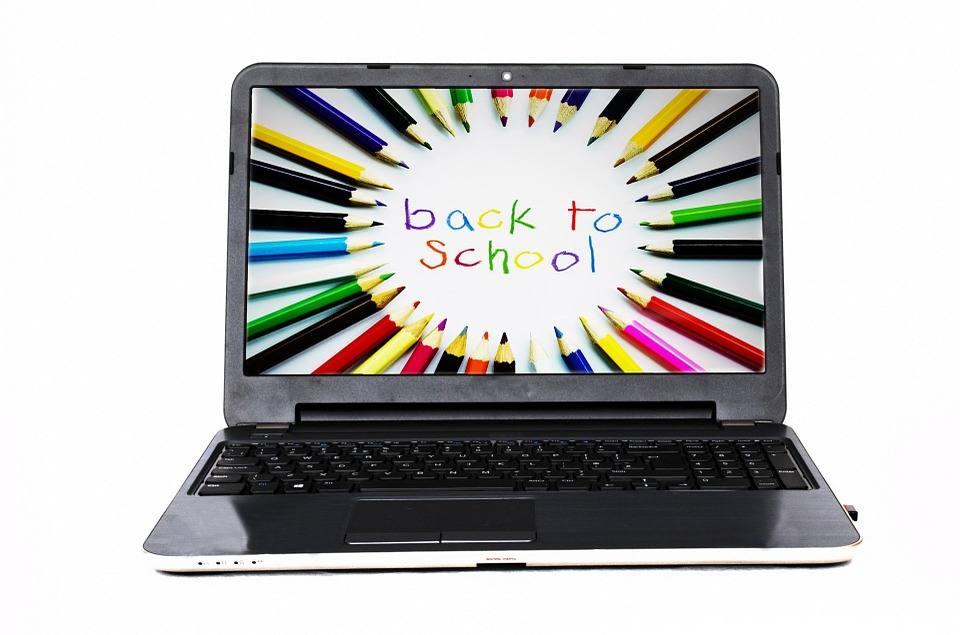


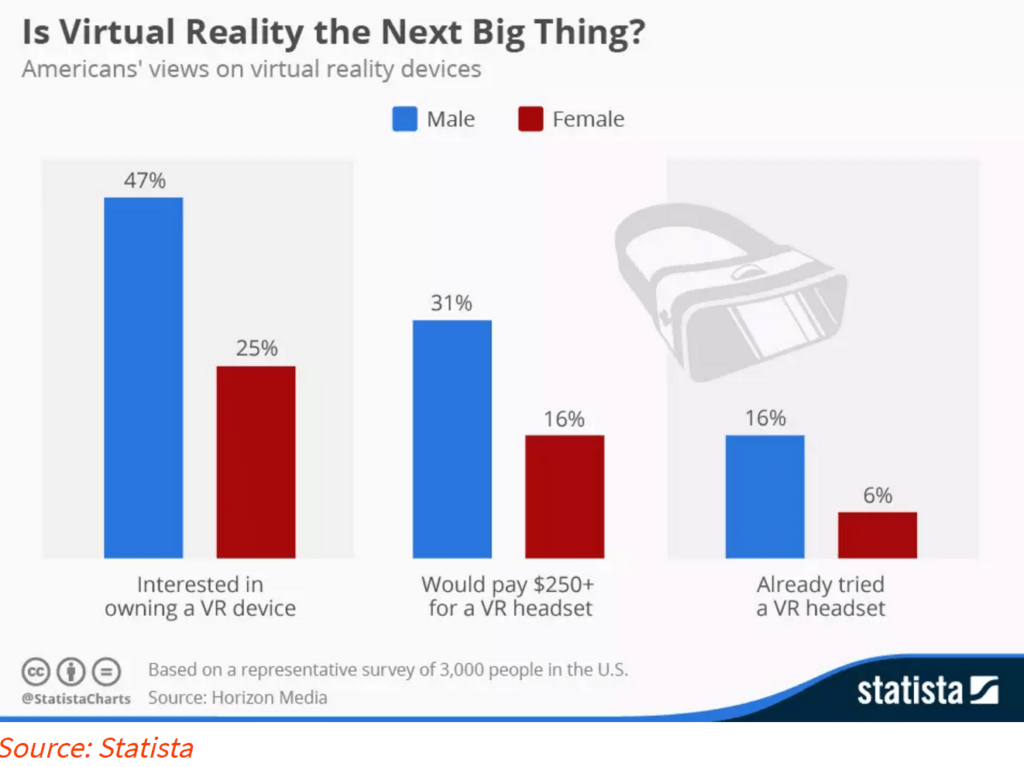
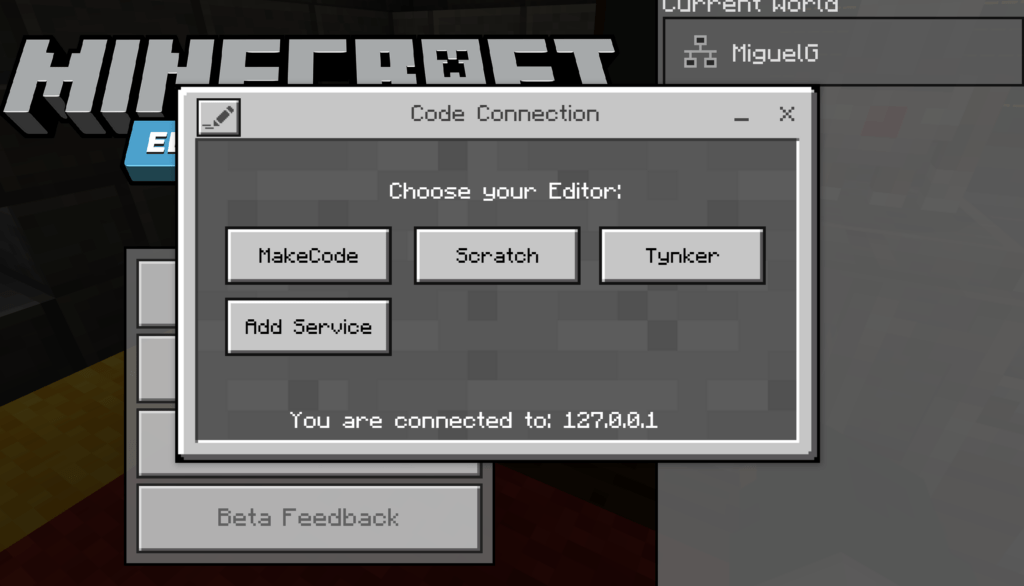


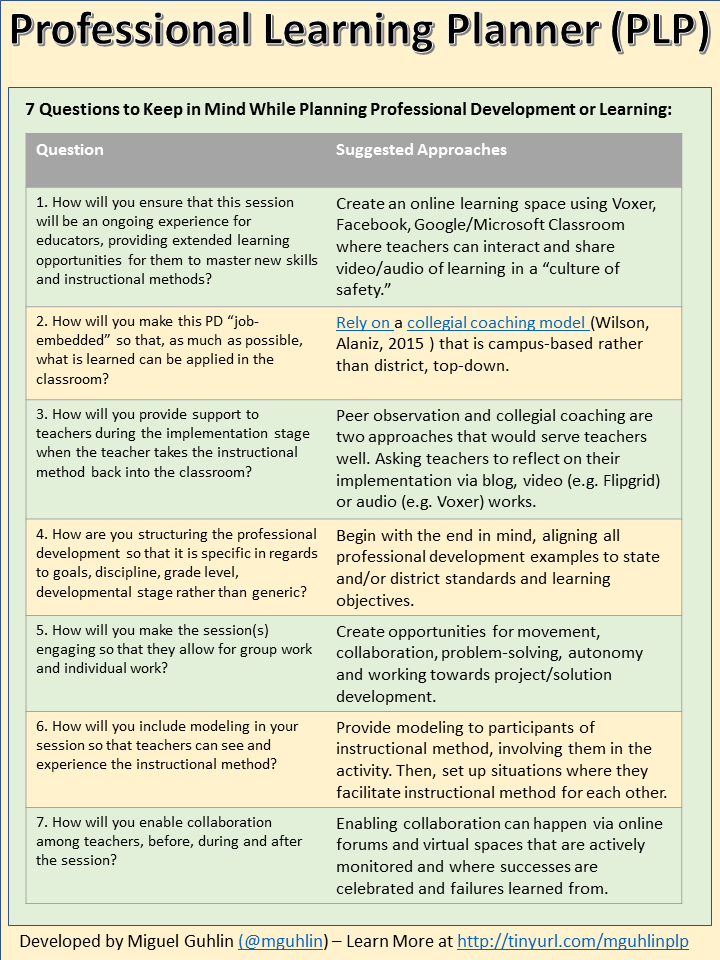


 the technology that’s now available. The new version features an augmented reality overlay that uses your phone’s camera and GPS to show Pokemon around you in the real world. So, for example, while I’m walking through the mall, I actually see different Pokemon in the various shops and restaurants.
the technology that’s now available. The new version features an augmented reality overlay that uses your phone’s camera and GPS to show Pokemon around you in the real world. So, for example, while I’m walking through the mall, I actually see different Pokemon in the various shops and restaurants. everyone who joins me there can benefit from my generosity as we all catch monsters together. There are no racial or economic barriers between us. We are united, at least for a few minutes. And in today’s world, that’s a huge benefit and need.
everyone who joins me there can benefit from my generosity as we all catch monsters together. There are no racial or economic barriers between us. We are united, at least for a few minutes. And in today’s world, that’s a huge benefit and need. I also found this great Pokemon Player’s Pledge that I wanted to share. While it was written with teenagers or adult players in mind, it could be adapted for younger students. I think it could be a strong lesson starter about how we do anything in life. I can easily see students writing their own pledges. Then the discussion could spin out to how we can be “respectful parts of the world around us” in other areas of our lives. This could lead into talks about bullying, empathy, the environment, and much more.
I also found this great Pokemon Player’s Pledge that I wanted to share. While it was written with teenagers or adult players in mind, it could be adapted for younger students. I think it could be a strong lesson starter about how we do anything in life. I can easily see students writing their own pledges. Then the discussion could spin out to how we can be “respectful parts of the world around us” in other areas of our lives. This could lead into talks about bullying, empathy, the environment, and much more.
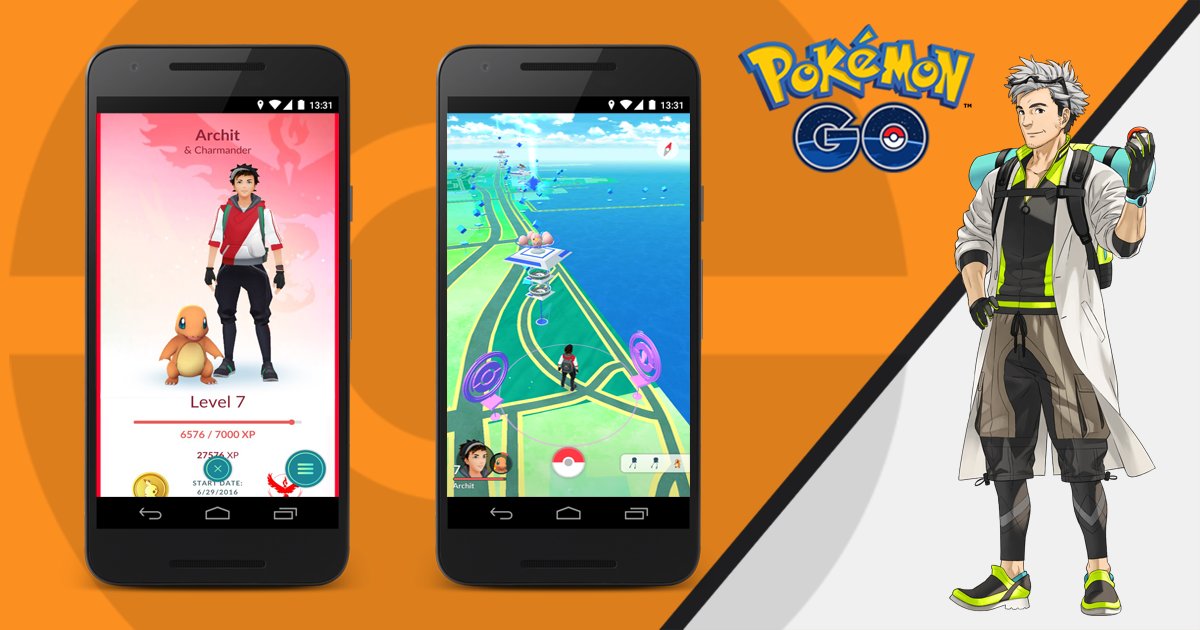 The game publisher released an update of the app today that does include the promised “buddy system.” This is a great feature for education. It will let trainers choose a specific Pokemon and make it your “buddy.” As you walk around, your buddy monster will be trained and you will be awarded with candy, a very useful resource in the game. The key thing here is that you will have to walk in order to make this feature work. So the game is again emphasizing physical activity. It will also allow players to bond with their buddy, something that will be great for helping students develop and practice empathy.
The game publisher released an update of the app today that does include the promised “buddy system.” This is a great feature for education. It will let trainers choose a specific Pokemon and make it your “buddy.” As you walk around, your buddy monster will be trained and you will be awarded with candy, a very useful resource in the game. The key thing here is that you will have to walk in order to make this feature work. So the game is again emphasizing physical activity. It will also allow players to bond with their buddy, something that will be great for helping students develop and practice empathy.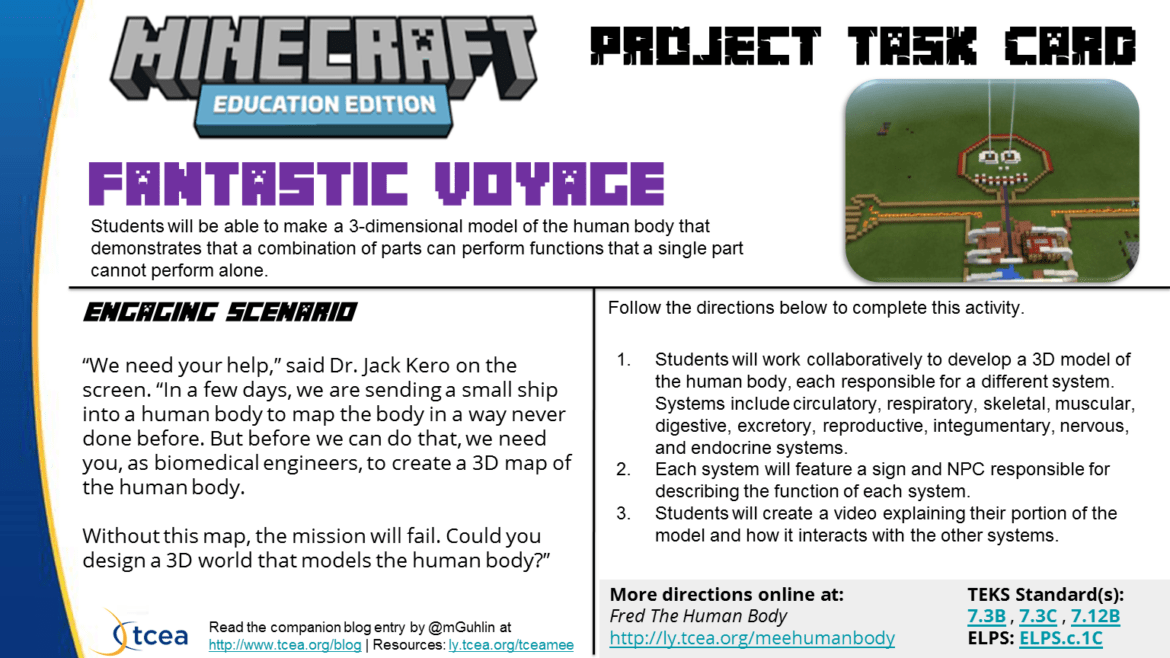
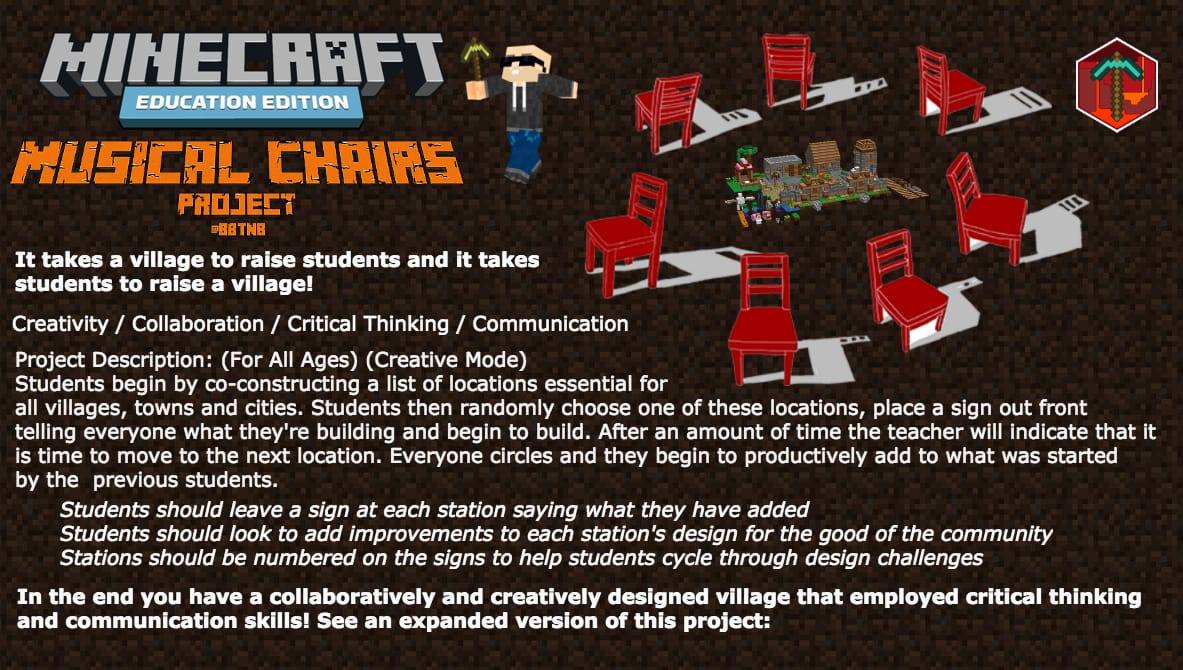
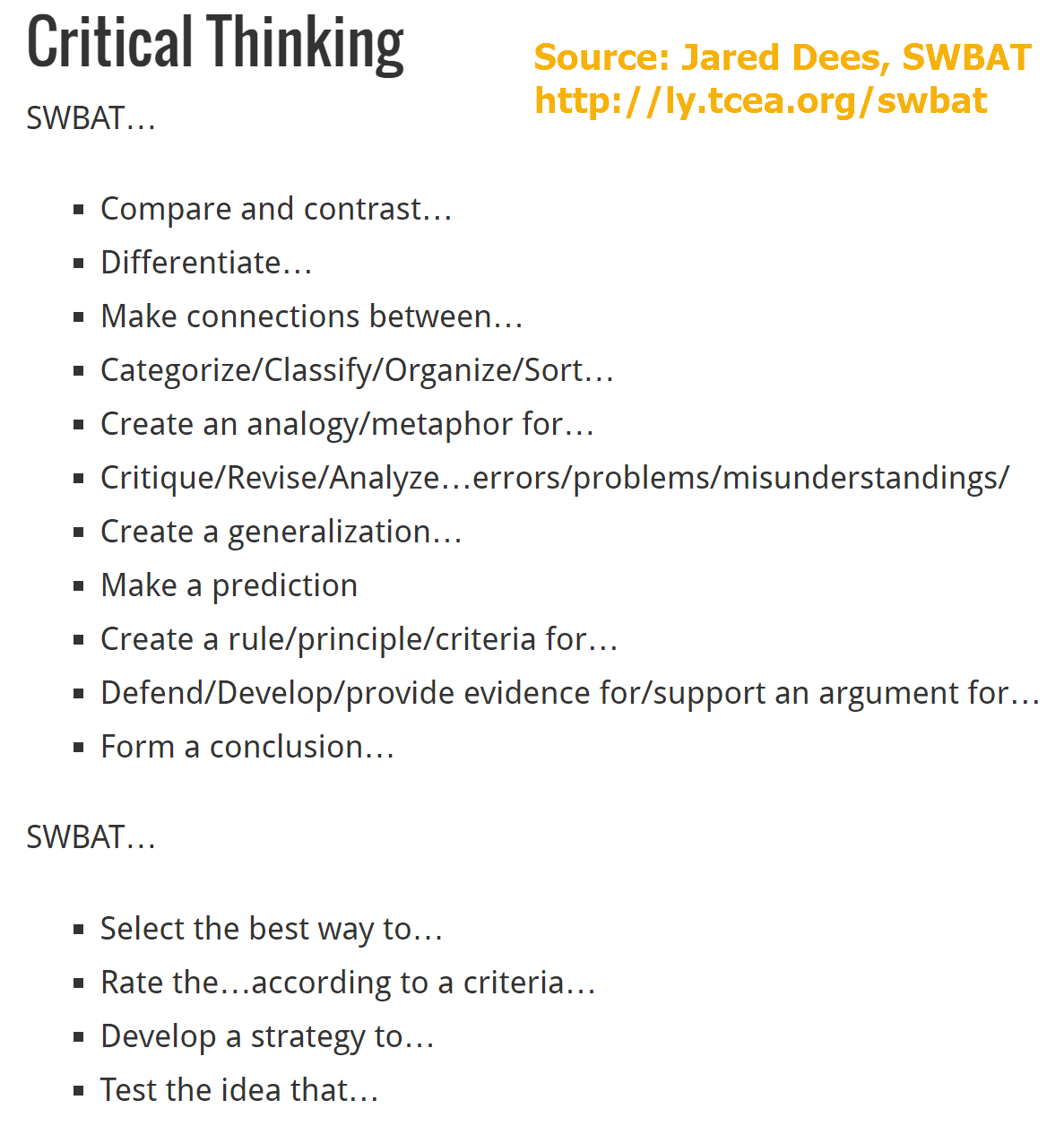
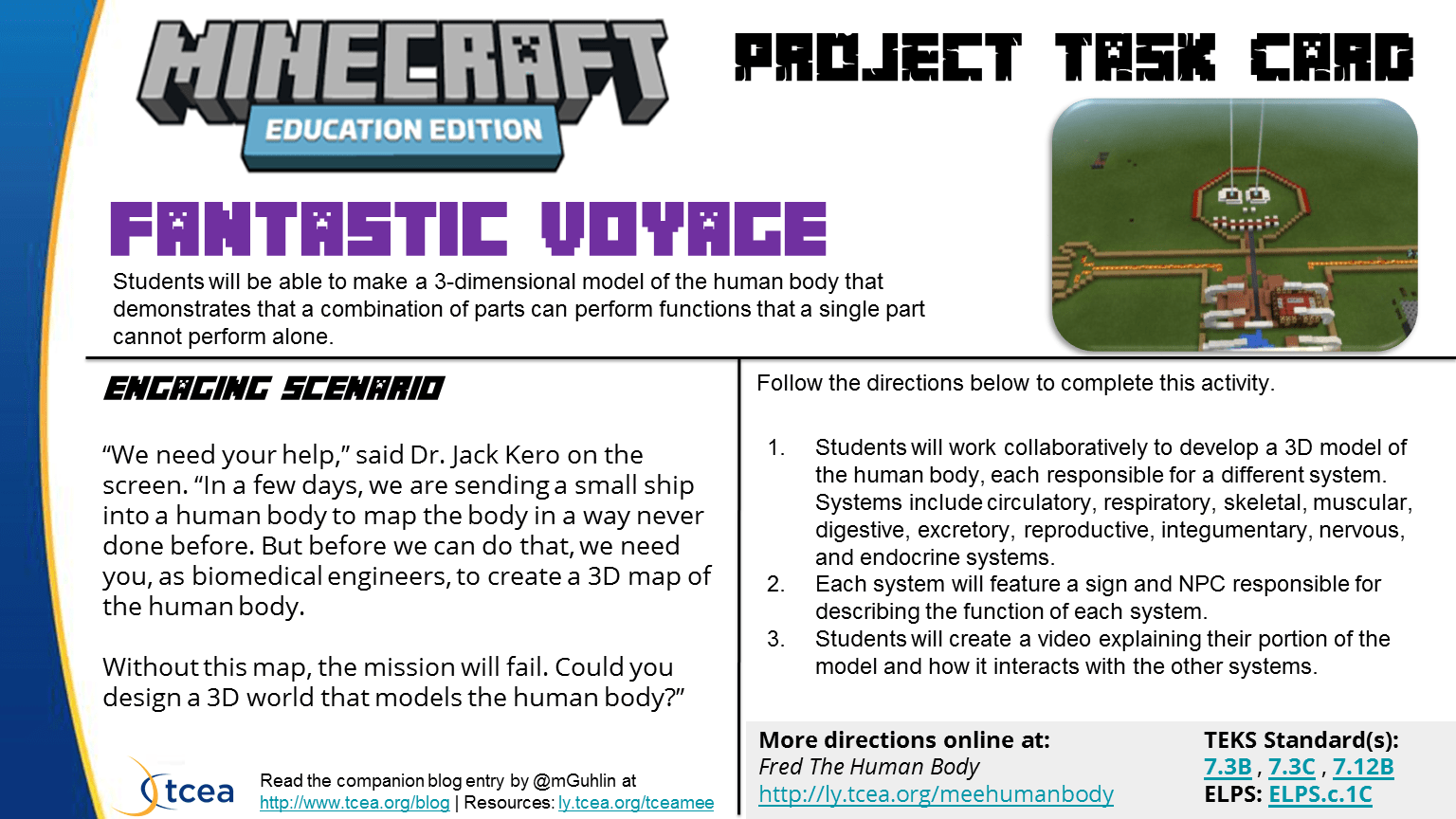

 year. I didn’t want to be left out, so here are what I believe will be the hot topics for 2017.
year. I didn’t want to be left out, so here are what I believe will be the hot topics for 2017.